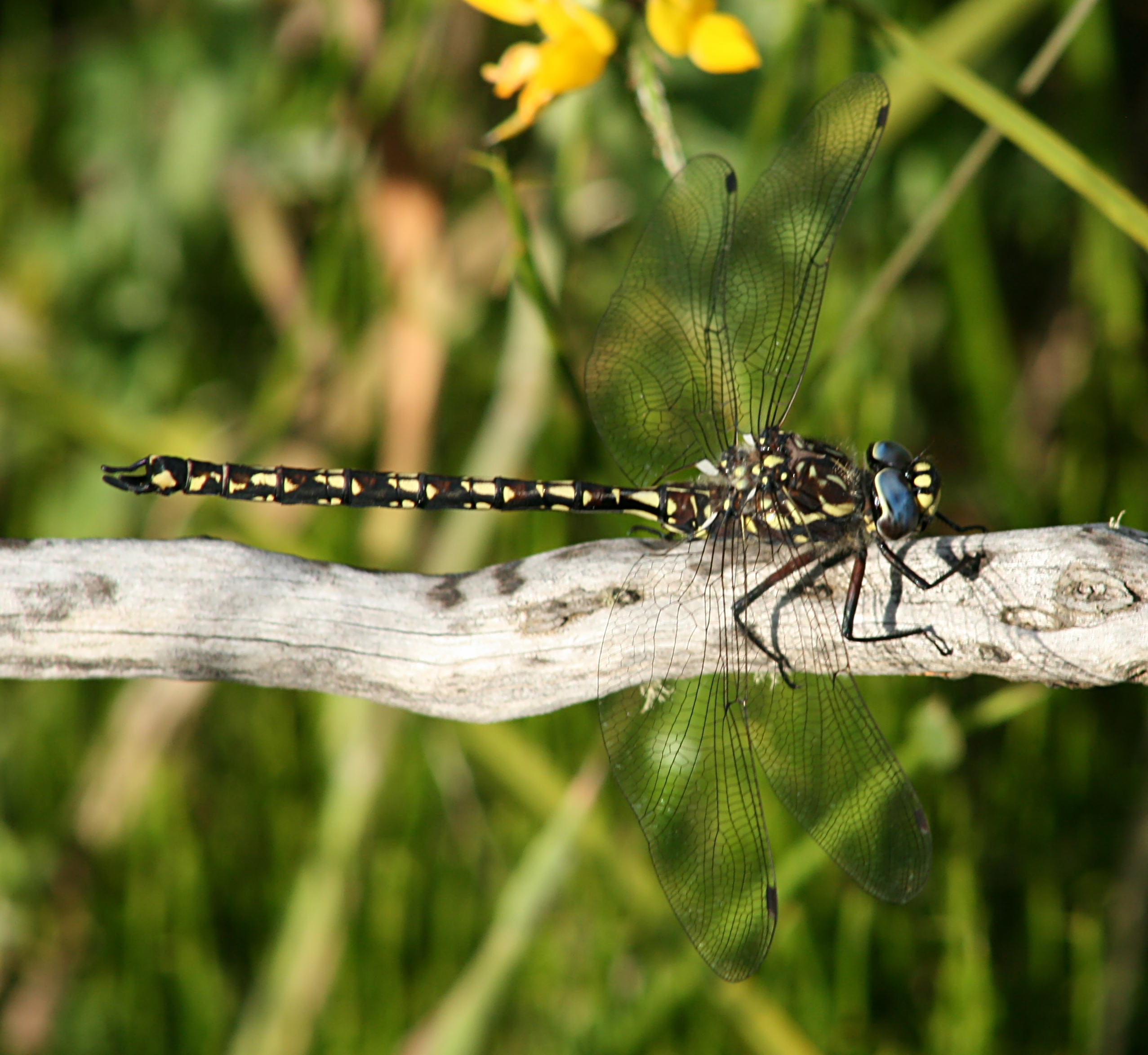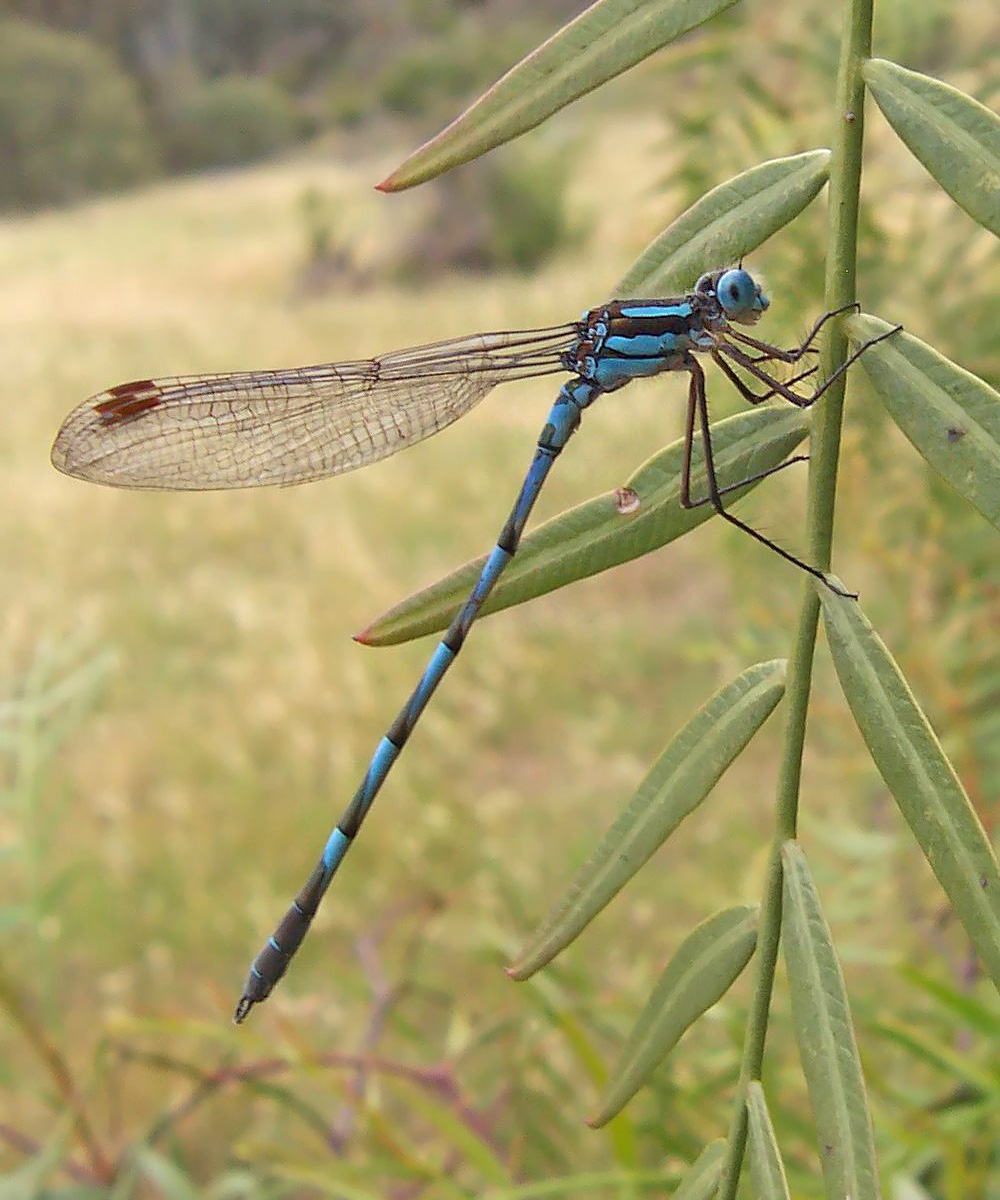|
Austroaeschna Christine
''Austroaeschna christine'' is a species of large dragonfly in the family Telephlebiidae, known as the S-spot darner. It is found in the vicinity of Eungella National Park in North Queensland, Australia, where it inhabits the upper reaches of small streams. ''Austroaeschna christine'' is a dark dragonfly with pale markings. It appears similar to the sigma darner, '' Austroaeschna sigma'', which is found in mountainous areas of northern New South Wales and southern Queensland and the multi-spotted darner, ''Austroaeschna multipunctata ''Austroaeschna multipunctata'' is a species of large dragonfly A dragonfly is a flying insect belonging to the infraorder Anisoptera below the order Odonata. About 3,000 extant species of true dragonfly are known. Most are tropical, with ...'', which is found in the mountains of southern New South Wales and Victoria. See also * List of dragonflies of Australia References {{Taxonbar, from=Q4761935 Telephlebiidae Odonata of Austral ... [...More Info...] [...Related Items...] OR: [Wikipedia] [Google] [Baidu] |
Günther Theischinger
{{Short pages monitor ... [...More Info...] [...Related Items...] OR: [Wikipedia] [Google] [Baidu] |
Dragonfly
A dragonfly is a flying insect belonging to the infraorder Anisoptera below the order Odonata. About 3,000 extant species of true dragonfly are known. Most are tropical, with fewer species in temperate regions. Loss of wetland habitat threatens dragonfly populations around the world. Adult dragonflies are characterized by a pair of large, multifaceted compound eyes, two pairs of strong, transparent wings, sometimes with coloured patches, and an elongated body. Many dragonflies have brilliant iridescent or metallic colours produced by structural colouration, making them conspicuous in flight. An adult dragonfly's compound eyes have nearly 24,000 ommatidia each. Dragonflies can be mistaken for the closely related damselflies, which make up the other odonatan infraorder ( Zygoptera) and are similar in body plan though usually lighter in build; however, the wings of most dragonflies are held flat and away from the body, while damselflies hold their wings folded at rest, along or ... [...More Info...] [...Related Items...] OR: [Wikipedia] [Google] [Baidu] |
Telephlebiidae
Telephlebiidae is a family of dragonflies endemic to eastern and south-western Australia. They are medium-sized to very large dragonflies, generally found around streams. The family Telephlebiidae is not recognised in the World Odonata List at the Slater Museum of Natural History, but rather its species are considered to be part of the Aeshnidae The Aeshnidae, also called aeshnids, hawkers, or darners, is a family of dragonflies. The family includes the largest dragonflies found in North America and Europe Europe is a large peninsula conventionally considered a continent in its o ... family. Genera The family includes the following genera: * '' Acanthaeschna'' * '' Antipodophlebia'' * '' Austroaeschna'' * '' Austrophlebia'' * '' Dromaeschna'' * '' Notoaeschna'' * '' Spinaeschna'' * '' Telephlebia'' References {{Taxonbar, from=Q12005436 Odonata families Odonata of Australia Endemic fauna of Australia Insects described in 1913 ... [...More Info...] [...Related Items...] OR: [Wikipedia] [Google] [Baidu] |
Australian Faunal Directory
The Australian Faunal Directory (AFD) is an online catalogue of taxonomic and biological information on all animal species known to occur within Australia. It is a program of the Department of Climate Change, Energy, the Environment and Water of the Government of Australia. By May 12, 2021, the Australian Faunal Directory has collected information about 126,442 species and subspecies In biological classification, subspecies is a rank below species, used for populations that live in different areas and vary in size, shape, or other physical characteristics (morphology), but that can successfully interbreed. Not all species .... It includes the data from the discontinued ''Zoological Catalogue of Australia'' and is regularly updated. Started in the 1980s, it set a goal to compile a "list of all Australian fauna including terrestrial vertebrates, ants and marine fauna" and create an "Australian biotaxonomic information system".''Commonwealth Record'', Volume 5, Issues 26-34, p. 1 ... [...More Info...] [...Related Items...] OR: [Wikipedia] [Google] [Baidu] |
Australian Biological Resources Study
Australian Biological Resources Study (ABRS) is a project undertaken by Parks Australia Division of Australia's Department of the Environment, Water, Heritage and the Arts (DEWHA). Background ABRS was founded in 1973 from the recommendations of a 1972 Senate Select Committee report on Wildlife Conservation. Its purpose is to collate from the many libraries, museums and other collections the taxonomy of Australia's estimated 2 million species of flora and fauna, including aquatic species. These represent almost 20% of the earth's biodiversity, 80% of which are unique to Australia. ABRS has undertaken active funding for taxonomic research of Australia's biodiversity and is internationally recognised for its extensive data bases and publications. Publications The most important outputs of the ABRS has been the publication of the multi-volume ''Flora of Australia'' and '' Fauna of Australia'' series. Other output includes ''The Banksia Atlas'' and the "Platypus" database pa ... [...More Info...] [...Related Items...] OR: [Wikipedia] [Google] [Baidu] |
Eungella National Park
Eungella National Park ( ; meaning "Land of the clouds") is a protected area in Queensland, Australia. It is on the Clarke Range at the end of the Pioneer Valley 80 km west of Mackay, and 858 km northwest of Brisbane. Eungella is noted for the national park which surrounds it. It is considered to be the longest continual stretch of sub-tropical rainforest in Australia. The original inhabitants are the Wirri people. The park is covered by dense rainforest and is known for its platypuses. Regional description Eungella National Park is located on an isolated massif about 80 km west of Mackay in North–central Queensland.Winter, J., and K. R. McDonald. 1986. Eungella: the land of the cloud. Australian Natural History 22:39-43. The Eungella Plateau rises to 1259m at Mt Dalrymple and to similar elevation at Mt William, forming part of the Clarke Range.Kitching, R. L., D. Bickel, A. C. Creagh, K. Hurley, and C. Symonds. 2004. The biodiversity of Diptera in o ... [...More Info...] [...Related Items...] OR: [Wikipedia] [Google] [Baidu] |
Austroaeschna Sigma
''Austroaeschna sigma'' is a species of large dragonfly in the family Telephlebiidae, known as the sigma darner. It inhabits the upper reaches of small mountain streams in New South Wales and south-eastern Queensland, Australia. ''Austroaeschna sigma'' is a very dark dragonfly with pale markings. It appears similar to the multi-spotted darner, ''Austroaeschna multipunctata ''Austroaeschna multipunctata'' is a species of large dragonfly A dragonfly is a flying insect belonging to the infraorder Anisoptera below the order Odonata. About 3,000 extant species of true dragonfly are known. Most are tropical, with ...'', which inhabits mountain streams in southern New South Wales and Victoria. Gallery Austroaeschna sigma female wings (35053295275).jpg, Female wings Austroaeschna sigma male wings (35053299685).jpg, Male wings See also * List of dragonflies of Australia References {{Taxonbar, from=Q2637155 Telephlebiidae Odonata of Australia Endemic fauna of Austra ... [...More Info...] [...Related Items...] OR: [Wikipedia] [Google] [Baidu] |
Austroaeschna Multipunctata
''Austroaeschna multipunctata'' is a species of large dragonfly A dragonfly is a flying insect belonging to the infraorder Anisoptera below the order Odonata. About 3,000 extant species of true dragonfly are known. Most are tropical, with fewer species in temperate regions. Loss of wetland habitat threate ... in the family Telephlebiidae, known as the multi-spotted darner. It inhabits small mountain streams in southern New South Wales and eastern Victoria, Australia. ''Austroaeschna multipunctata'' is a very dark dragonfly with pale markings. Gallery Austroaeschna multipunctata female wings (35053225095).jpg, Female wings Austroaeschna multipunctata male wings (34665450860).jpg, Male wings See also * List of dragonflies of Australia References {{Taxonbar, from=Q2340313 Telephlebiidae Odonata of Australia Endemic fauna of Australia Taxa named by René Martin Insects described in 1901 ... [...More Info...] [...Related Items...] OR: [Wikipedia] [Google] [Baidu] |
List Of Odonata Species Of Australia
This is a list of species of damselflies and dragonflies recorded in Australia. Common names of species are linked, beside their scientific names. The list is split into two groups: damselflies (suborder Zygoptera) and other dragonflies (infraorder Anisoptera). Those groups are organized in Families and then Genera and Species. Zygoptera (damselflies) Coenagrionidae genus: '' Aciagrion'' :* Blue slim, ''Aciagrion fragilis'' genus: '' Agriocnemis'' :* Silver wisp, ''Agriocnemis argentea'' :* Tropical wisp, ''Agriocnemis dobsoni '' :* Pilbara wisp, ''Agriocnemis kunjina '' :* Pygmy wisp, ''Agriocnemis pygmaea'' :* Red-rumped wisp, ''Agriocnemis rubricauda'' :*'' Agriocnemis thoracalis'' genus: '' Archibasis'' :* Blue-banded longtail, ''Archibasis mimetes '' genus: '' Argiocnemis'' :* Red-tipped shadefly, ''Argiocnemis rubescens '' genus: '' Austroagrion'' :* South-western billabongfly, ''Austroagrion cyane '' :* Northern billabongfly, ''Austroagrion exclamationis '' :* ... [...More Info...] [...Related Items...] OR: [Wikipedia] [Google] [Baidu] |
Odonata Of Australia
Odonata is an order of flying insects that includes the dragonflies and damselflies. Members of the group first appeared during the Triassic, though members of their total group, Odonatoptera, first appeared in Late Carboniferous. The two common groups are distinguished with dragonflies, placed in the suborder Epiprocta, usually being larger, with eyes together and wings up or out at rest, while damselflies, suborder Zygoptera, are usually smaller with eyes placed apart and wings along body at rest. All Odonata have aquatic larvae called naiads (nymphs), and all of them, larvae and adults, are carnivorous. The adults can land, but rarely walk. Their legs are specialised for catching prey. They are almost entirely insectivorous. Etymology and terminology Fabricius coined the term ''Odonata'' in 1793 from the Ancient Greek ( Ionic form of ) 'tooth'. One hypothesis is that it was because their maxillae are notably toothed. Most insects also have toothed mandibles. The wo ... [...More Info...] [...Related Items...] OR: [Wikipedia] [Google] [Baidu] |
Endemic Fauna Of Australia
Endemism is the state of a species being found in a single defined geographic location, such as an island, state, nation, country or other defined zone; organisms that are indigenous to a place are not endemic to it if they are also found elsewhere. For example, the Cape sugarbird is found exclusively in southwestern South Africa and is therefore said to be ''endemic'' to that particular part of the world. An endemic species can be also be referred to as an ''endemism'' or in scientific literature as an ''endemite''. For example '' Cytisus aeolicus'' is an endemite of the Italian flora. '' Adzharia renschi'' was once believed to be an endemite of the Caucasus, but it was later discovered to be a non-indigenous species from South America belonging to a different genus. The extreme opposite of an endemic species is one with a cosmopolitan distribution, having a global or widespread range. A rare alternative term for a species that is endemic is "precinctive", which applies to s ... [...More Info...] [...Related Items...] OR: [Wikipedia] [Google] [Baidu] |
Taxa Named By Günther Theischinger
In biology, a taxon (back-formation from ''taxonomy''; plural taxa) is a group of one or more populations of an organism or organisms seen by taxonomists to form a unit. Although neither is required, a taxon is usually known by a particular name and given a particular ranking, especially if and when it is accepted or becomes established. It is very common, however, for taxonomists to remain at odds over what belongs to a taxon and the criteria used for inclusion. If a taxon is given a formal scientific name, its use is then governed by one of the nomenclature codes specifying which scientific name is correct for a particular grouping. Initial attempts at classifying and ordering organisms (plants and animals) were set forth in Carl Linnaeus's system in ''Systema Naturae'', 10th edition (1758), as well as an unpublished work by Bernard and Antoine Laurent de Jussieu. The idea of a unit-based system of biological classification was first made widely available in 1805 in the intro ... [...More Info...] [...Related Items...] OR: [Wikipedia] [Google] [Baidu] |



.jpg)
